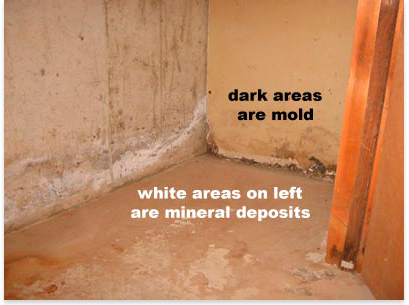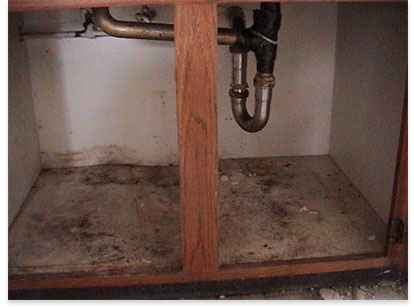Molds
Unveiling the World of Molds: Understanding, Prevention, and Management
Molds are fungi that grow in damp environments. They grow and reproduce rapidly. With enough moisture, mold can grow on many surfaces, including wood, drywall, insulation, ceiling tiles, cardboard, paper and fabric. Excess moisture can be caused by leaks and floods, too much humidity, or condensation on windows and walls. Stale water in humidifiers may also lead to growth of mold and bacteria.
Mold can be harmful to you and your family’s health. Health experts say that molds can cause allergic reactions and illnesses, depending on the type of mold, the amount and degree of exposure, and the health condition of the home’s occupants. Pregnant women, infants, the elderly and people with a respiratory disease or a weakened immune system are at higher risk when exposed to mold.
If you suspect there is mold in your home that is causing health problems, you will want to hire a Certified Mold Professional like C.H.I. Home Inspections to help you. Canada Mortgage and Housing Corporation (CMHC), the U.S. Environmental Protection Agency (EPA) and the American Industrial Hygiene Association do NOT recommend testing the air for mould in single-family dwellings yourself.
The recommended first step is having a trained investigator check your house for mold.
Testing for Mold
An experienced Mold investigator like Cliff Keveryga / Carson Lisowski at C.H.I Home Inspections can determine if your house has a mold problem. They will start his investigation by investigating your home’s background. Is there a history of flooding? Has the roof or plumbing leaked?
They will then check for visible signs of mold, the presence of moldy odours and other indicators. This will help them determine the extent of the mold. The larger the affected areas, the higher the concentration of mold in the indoor air.
A trained investigator like Cliff Keveryga / Carson Lisowski – will collect air samples after visually inspecting your house for mold – because it can be hidden (for example, in a wall, in the attic or in the crawl space). They will collect these air samples using the proper equipment and send them to a local laboratory for analysis. They will go through these reports in detail with you.
The report and findings they provide – gives you everything you need to proceed to the next step – remediating the problem. Removing mold must be done carefully under controlled conditions. After the mold is removed, the underlying moisture problem must be fixed to prevent mold from returning.
For information about removing mold, go to the Health Canada website.



